 Kongsberg Maritime recently participated, using its Maritime Broadband Radio (MBR) technology, in a highly unusual and intriguing exercise in the fjord just outside Trondheim, Norway.
Kongsberg Maritime recently participated, using its Maritime Broadband Radio (MBR) technology, in a highly unusual and intriguing exercise in the fjord just outside Trondheim, Norway.
Four autonomous units – an unmanned aerial vehicle (UAV), an unmanned surface vessel (USV), an autonomous underwater vehicle (AUV), and a tethered relay balloon – were guided from a mother ship in various tasks. These required precise co-ordination from the command centre, and with each other. Kongsberg provided the one central element without which the operation would not have been possible – the communications system.
The Autonomous Network of Heterogeneous Vehicles (ANOHV) exercise had multiple goals, including demonstrating AUV operations using a multi-vehicle, multi-platform network. It also demonstrated integrated operations using high bandwidth communication between all nodes in the network.
The bandwidth was provided by MBR, which is an easy-to-use, flexible and robust means of transferring large amounts of data over long distances, even in the most challenging of conditions. Various MBR units were installed on all participating vehicles, and at the central station for the exercise located at the Norwegian University of Science and Technology (NTNU) in Trondheim.
The MBR is a new take on inter-vessel communication. By installing MBR communication units on every vessel involved in an operation, a broadband link is established and a maritime information highway is created. This enables high-speed, high capacity, and low latency transfer of data, without the need for additional infrastructure and no prospect of data disappearing on route.
The MBR system is a maritime radio network distribution system operating in the 5GHz band. It has been demonstrated as a stable, high capacity communication in a maritime environment. It can handle close-by vessel operations, platform obstructions and distances in excess of 50km. With MBR, there are no airtime charges as data transfers between vessels and assets is free once an MBR network has been established.
“MBR has remarkable capabilities for transferring data beyond line-of-sight, even with obstructions and low antenna positions. Our performance in the exercise proved that,” said Kongsberg product manager Erlend Vågsholm. “In large, complex operations at sea, for example in search and rescue operations and oil spill recovery, there are multiple vessels and aircraft at work simultaneously, and they all need to communicate and exchange data between each other. MBR enables the exchange of high resolution images and video, and keeps all participants connected at high bandwidth of consistently good quality.”
For the ANOHV operation, an aerial drone supplied streaming images, the OceanEye tethered relay balloon was elevated from the Telematron autonomous surface vehicle, which also shadowed a Hugin AUV. The command centre for the exercise was located on board Gunnerus, the research vessel of the Norwegian University of Science and Technology.
Hugin collected bathymetric data and identified pre-set targets, even performing a mid-dive redirection on command from Gunnerus via a relay station, using MBR and an acoustic communication link, demonstrating flexibility that opens new opportunities for use of AUVs.
The ultimate goal of the team on Gunnerus was to make themselves redundant, at least on board. Operating a manned command ship is one of the larger cost drivers in complex operations at sea, and using an autonomous vessel commanded from shore would shrink costs, eliminate risk to crew, and improve performance, as access to resources on land could give the team an even broader knowledge and experience base.
Overall conclusions from the operation were largely positive, with MBR consistently performing according to expectations, and in many cases beyond these, said Kongsberg.
With the ANOHV manoeuvres in the Trondheim fjord, fully autonomous, integrated remote operations came one step closer to becoming reality. The MBR solution proved to be the glue bonding all the pieces together. NTNU and Kongsberg were partnered by Maritime Robotics and the Norwegian Defence Research Establishment in this project.

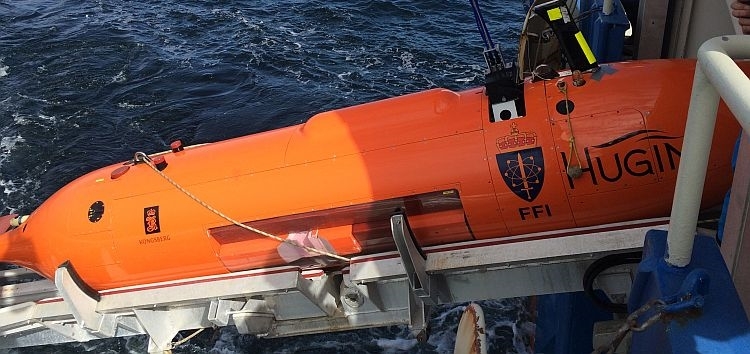

 Hundreds of analog tapes of the Sudanese Radio and TV audio-visual archive which date back to the 1940s will be digitalized by the Norwegian University of Bergen, according to an agreement the two sides signed here Tuesday.
Hundreds of analog tapes of the Sudanese Radio and TV audio-visual archive which date back to the 1940s will be digitalized by the Norwegian University of Bergen, according to an agreement the two sides signed here Tuesday.
 The Finnish Defence Forces are set to use a so-called Nordic Combat Uniform (NCU) from 2020, in a move to give Danish, Swedish, Norwegian and Finnish troops the same outfits. The collaboration is expected to produce cost savings compared to a procurement process led by just one country’s military.
The Finnish Defence Forces are set to use a so-called Nordic Combat Uniform (NCU) from 2020, in a move to give Danish, Swedish, Norwegian and Finnish troops the same outfits. The collaboration is expected to produce cost savings compared to a procurement process led by just one country’s military.
 Representatives of the Philippines’ incoming president and the country’s communist party have concluded informal preliminary talks in Norway that may lead to possible peace negotiations, a former congressman working in the new administration’s negotiation team said in a tweet Wednesday.
Representatives of the Philippines’ incoming president and the country’s communist party have concluded informal preliminary talks in Norway that may lead to possible peace negotiations, a former congressman working in the new administration’s negotiation team said in a tweet Wednesday.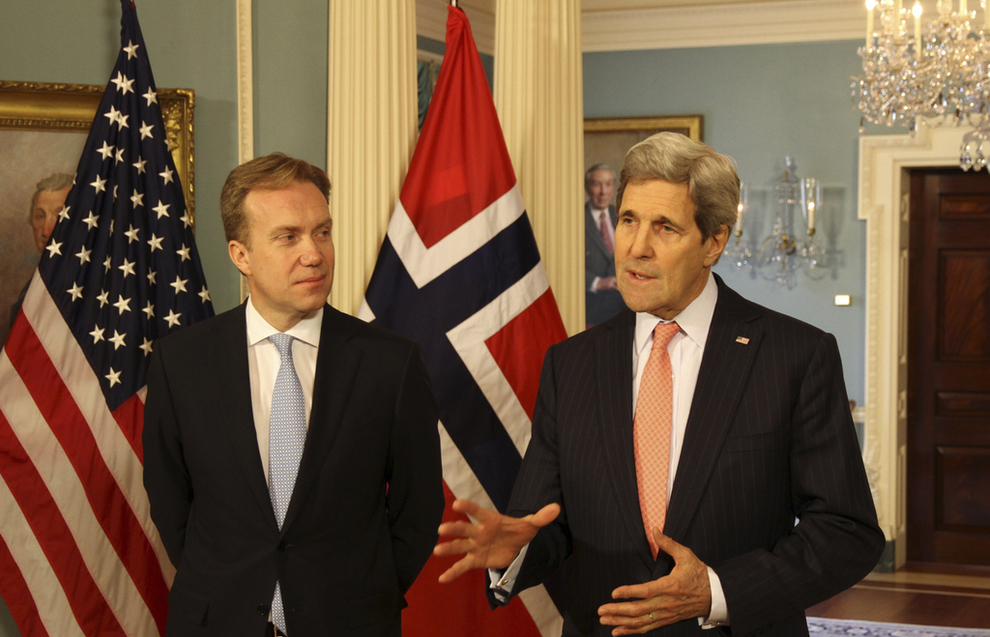
 Today in Oslo, the United States and Norway announced the U.S.-Norwegian Demining Initiative.
Today in Oslo, the United States and Norway announced the U.S.-Norwegian Demining Initiative.


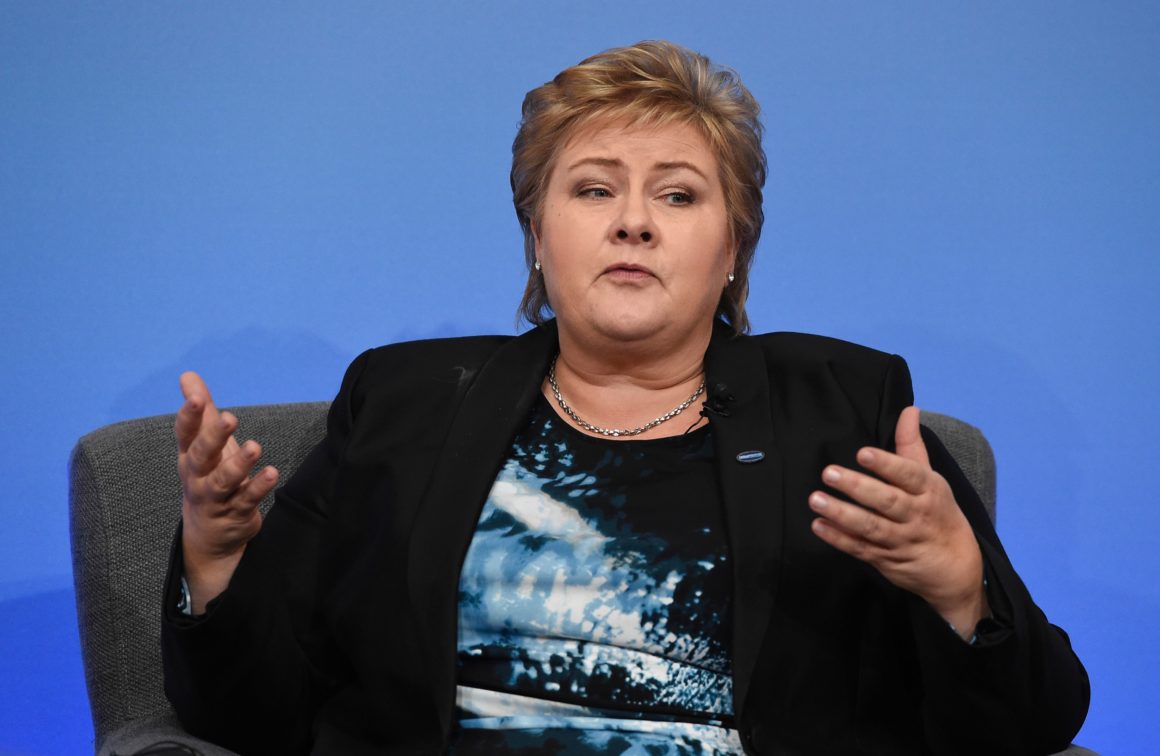

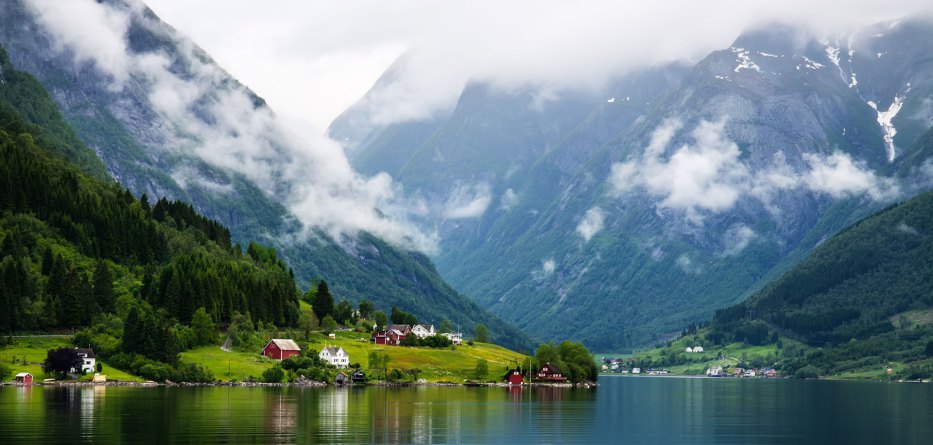
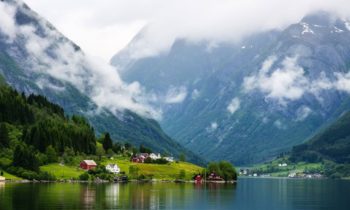 For a long time now Norway has been embracing the needs of the environment as they work towards becoming one of the most eco-friendly countries on the planet. The country’s latest efforts at looking to reduce their carbon footprint and become greener are focusing on the removal of all fossil-fuel based cars by 2025, with a new plan that suggests a lot more taxes on fossil cars.
For a long time now Norway has been embracing the needs of the environment as they work towards becoming one of the most eco-friendly countries on the planet. The country’s latest efforts at looking to reduce their carbon footprint and become greener are focusing on the removal of all fossil-fuel based cars by 2025, with a new plan that suggests a lot more taxes on fossil cars.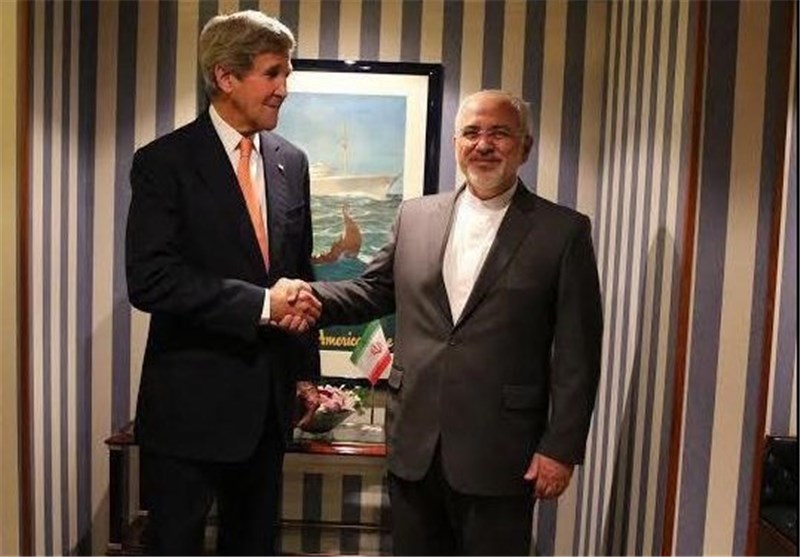
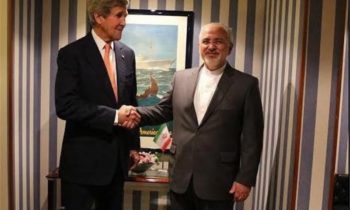 Iranian Foreign Minister Mohammad Javad Zarif and US Secretary of State John Kerry held a meeting in Oslo on Wednesday morning for talks on the Joint Comprehensive Plan of Action (JCPOA), an agreement on Tehran’s nuclear program.
Iranian Foreign Minister Mohammad Javad Zarif and US Secretary of State John Kerry held a meeting in Oslo on Wednesday morning for talks on the Joint Comprehensive Plan of Action (JCPOA), an agreement on Tehran’s nuclear program. In Tehran, Leader of the Islamic Revolution Ayatollah Seyed Ali Khamenei in a Tuesday meeting with senior Iranian officials took a swipe at Washington for its failure to honor commitments under the JCPOA, saying, “The duty of the other side was removing the sanctions, but it has not fulfilled that duty, meaning that it has lifted part of the sanctions in some way, but the sanctions have not been lifted practically.”
In Tehran, Leader of the Islamic Revolution Ayatollah Seyed Ali Khamenei in a Tuesday meeting with senior Iranian officials took a swipe at Washington for its failure to honor commitments under the JCPOA, saying, “The duty of the other side was removing the sanctions, but it has not fulfilled that duty, meaning that it has lifted part of the sanctions in some way, but the sanctions have not been lifted practically.”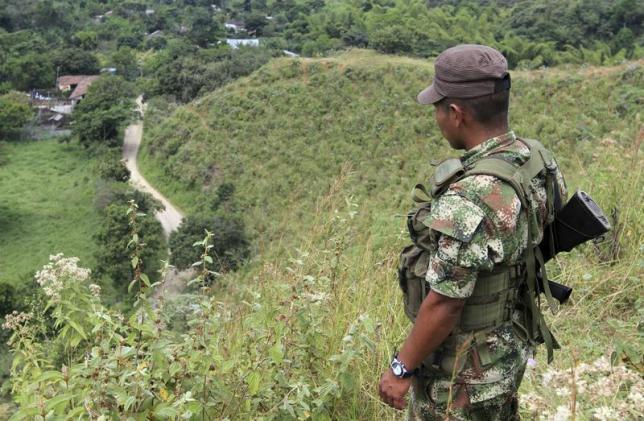

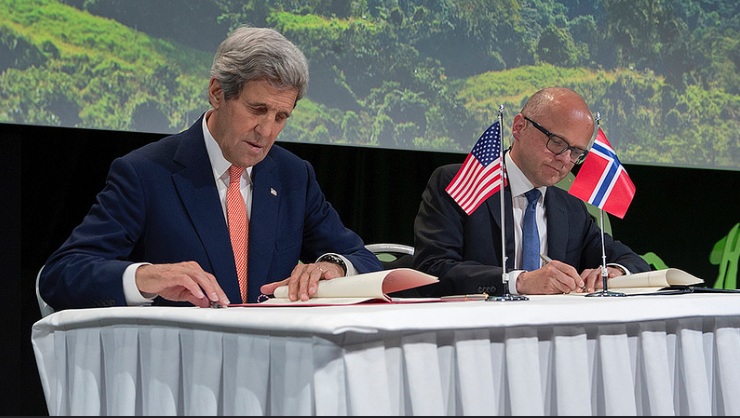
 Recognizing the critical importance of forests and land use in mitigating the impacts of climate change, and adapting to those impacts that may be unavoidable, the Kingdom of Norway and the United States of America hereby resolve to deepen their collaboration on global issues related to forests and climate change.
Recognizing the critical importance of forests and land use in mitigating the impacts of climate change, and adapting to those impacts that may be unavoidable, the Kingdom of Norway and the United States of America hereby resolve to deepen their collaboration on global issues related to forests and climate change.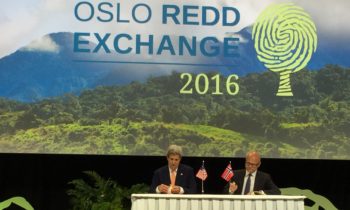 limit the temperature increase to 1.5 °C above pre-industrial levels, as well as iii) achieve a global balance between anthropogenic emissions by sources and removals by sinks of greenhouse gases in the second half of this century. These goals cannot be achieved without forests. The science is clear: Conserving, restoring and sustainably managing the world’s natural forests is critical to achieving a safe, secure and sustainable world.
limit the temperature increase to 1.5 °C above pre-industrial levels, as well as iii) achieve a global balance between anthropogenic emissions by sources and removals by sinks of greenhouse gases in the second half of this century. These goals cannot be achieved without forests. The science is clear: Conserving, restoring and sustainably managing the world’s natural forests is critical to achieving a safe, secure and sustainable world. Our two countries are committed to achieving robust and lasting results in conserving and restoring forests. We share similar approaches to this global challenge:
Our two countries are committed to achieving robust and lasting results in conserving and restoring forests. We share similar approaches to this global challenge: • We hold that success depends on mobilizing private investments, improving governance, increasing transparency, and enforcing the rule of law and the rights of indigenous peoples and forest dependent communities.
• We hold that success depends on mobilizing private investments, improving governance, increasing transparency, and enforcing the rule of law and the rights of indigenous peoples and forest dependent communities.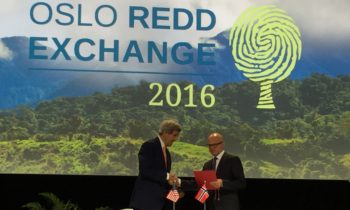 Both Norway and the United States note their intention to continuing their efforts to reduce emissions and enhance sinks on their lands, promoting overall climate benefits, consistent with their Nationally Determined Contributions under the Paris Agreement.
Both Norway and the United States note their intention to continuing their efforts to reduce emissions and enhance sinks on their lands, promoting overall climate benefits, consistent with their Nationally Determined Contributions under the Paris Agreement.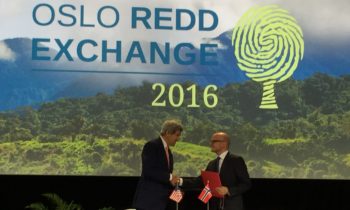 • Support partner countries and other stakeholders in developing GHG inventory, forest monitoring and MRV systems. This may include enhancing our existing collaboration on the global SilvaCarbon and Global Forest Observation Initiative (GFOI) programs, sharing greenhouse gas inventory compilation and management tools, as well as working on public-private partnerships like Global Forest Watch, and collaborating on activities in partner countries. We also plan to explore the role the technology industry may play in reducing data gaps and reducing uncertainties for forest monitoring. This can increase transparency, increase integrity of emission reductions, and aid efforts to combat illegality.
• Support partner countries and other stakeholders in developing GHG inventory, forest monitoring and MRV systems. This may include enhancing our existing collaboration on the global SilvaCarbon and Global Forest Observation Initiative (GFOI) programs, sharing greenhouse gas inventory compilation and management tools, as well as working on public-private partnerships like Global Forest Watch, and collaborating on activities in partner countries. We also plan to explore the role the technology industry may play in reducing data gaps and reducing uncertainties for forest monitoring. This can increase transparency, increase integrity of emission reductions, and aid efforts to combat illegality. • Facilitate linkages of jurisdictional forest and climate programs with private sector commitments to reduce tropical deforestation in supply chains. Work with partners to promote deforestation-free commodity supply chains, building on the efforts of partner countries that are successfully implementing programs for reduced deforestation at a jurisdictional level.
• Facilitate linkages of jurisdictional forest and climate programs with private sector commitments to reduce tropical deforestation in supply chains. Work with partners to promote deforestation-free commodity supply chains, building on the efforts of partner countries that are successfully implementing programs for reduced deforestation at a jurisdictional level. • Enhance the use of our development finance and assistance to mobilize private sector investment for forests and sustainable land use. This may include the use of public finance to derisk or catalyze private sector finance. It could also include technical assistance and capacity building for partner countries seeking to attract private sector investment.
• Enhance the use of our development finance and assistance to mobilize private sector investment for forests and sustainable land use. This may include the use of public finance to derisk or catalyze private sector finance. It could also include technical assistance and capacity building for partner countries seeking to attract private sector investment.
 Bogota — Campaigners say indigenous groups are often sidelined from decisions affecting forests
Bogota — Campaigners say indigenous groups are often sidelined from decisions affecting forests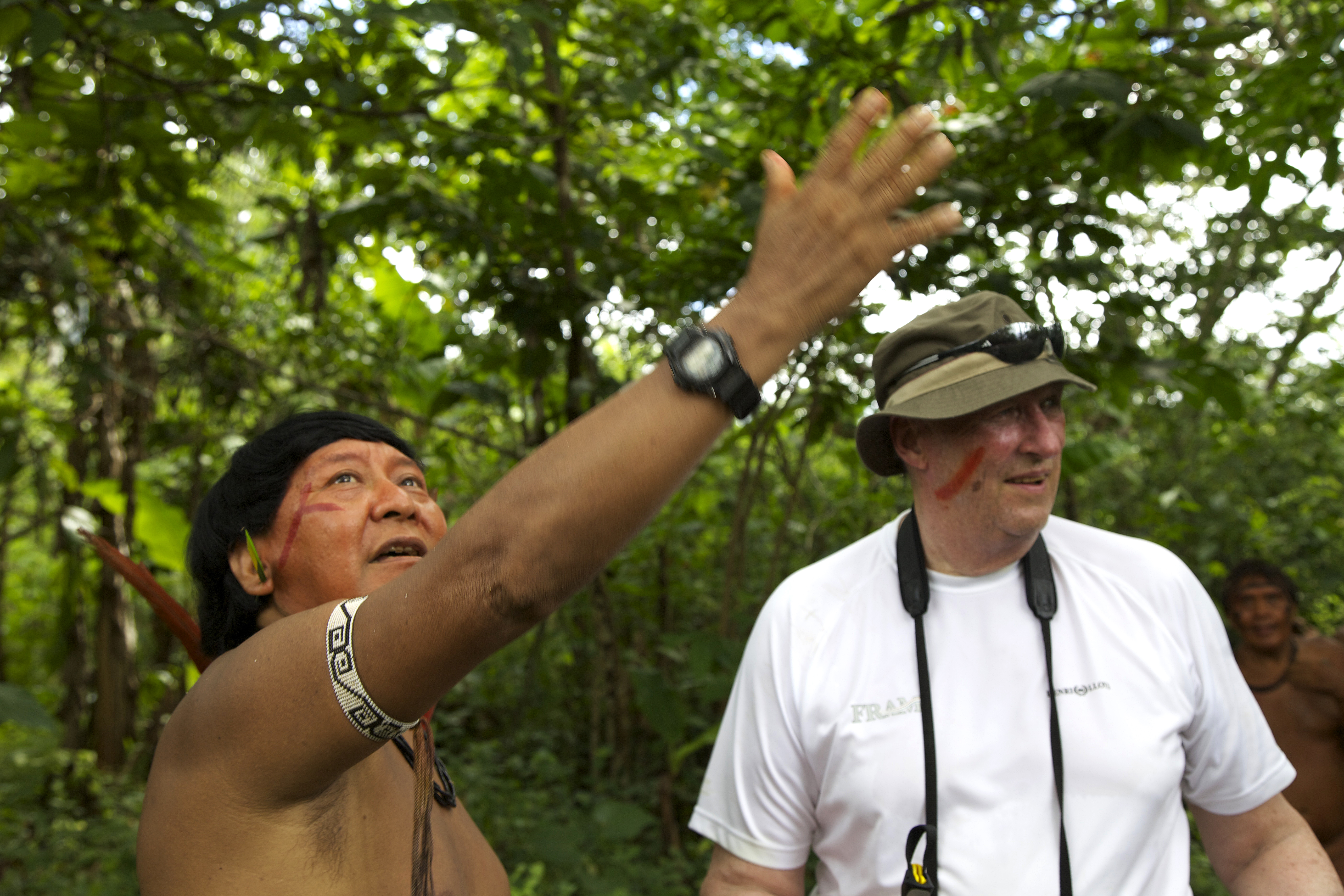
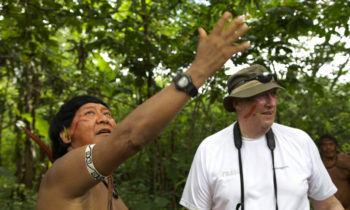 As indigenous leaders of territories that cover major forests in Africa, Asia and Latin America, we welcome the presence here in Oslo of US Secretary of State John Kerry. But will Mr. Kerry follow Norway’s lead in committing a percentage of its climate finance to support titling and recognition of the rights of our peoples to their forests, lands, resources and territories?
As indigenous leaders of territories that cover major forests in Africa, Asia and Latin America, we welcome the presence here in Oslo of US Secretary of State John Kerry. But will Mr. Kerry follow Norway’s lead in committing a percentage of its climate finance to support titling and recognition of the rights of our peoples to their forests, lands, resources and territories?
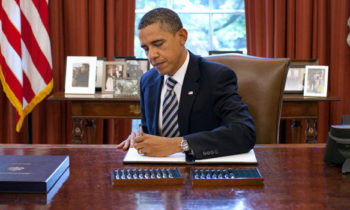 On June 14, President Obama submitted to Congress for its review an Agreement for Cooperation between the Government of the United States of America and the Kingdom of Norway Concerning Peaceful Uses of Nuclear Energy.
On June 14, President Obama submitted to Congress for its review an Agreement for Cooperation between the Government of the United States of America and the Kingdom of Norway Concerning Peaceful Uses of Nuclear Energy.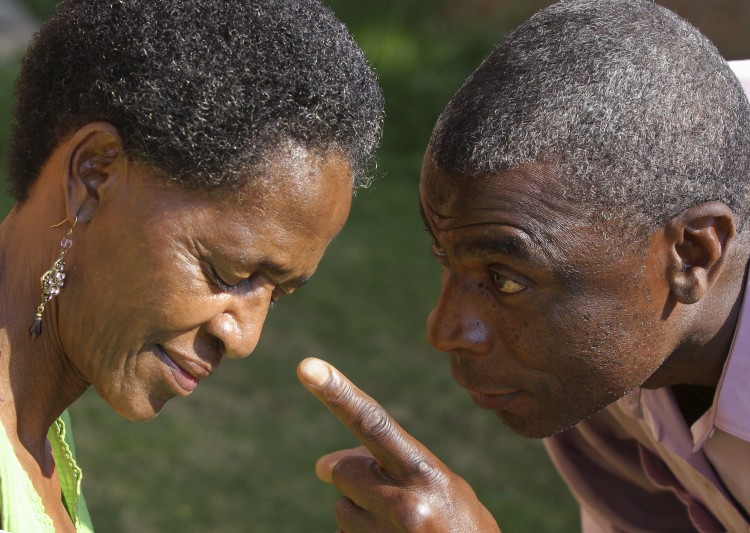
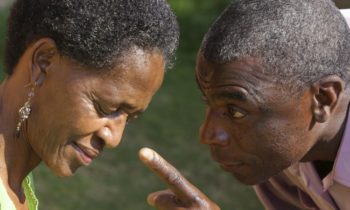
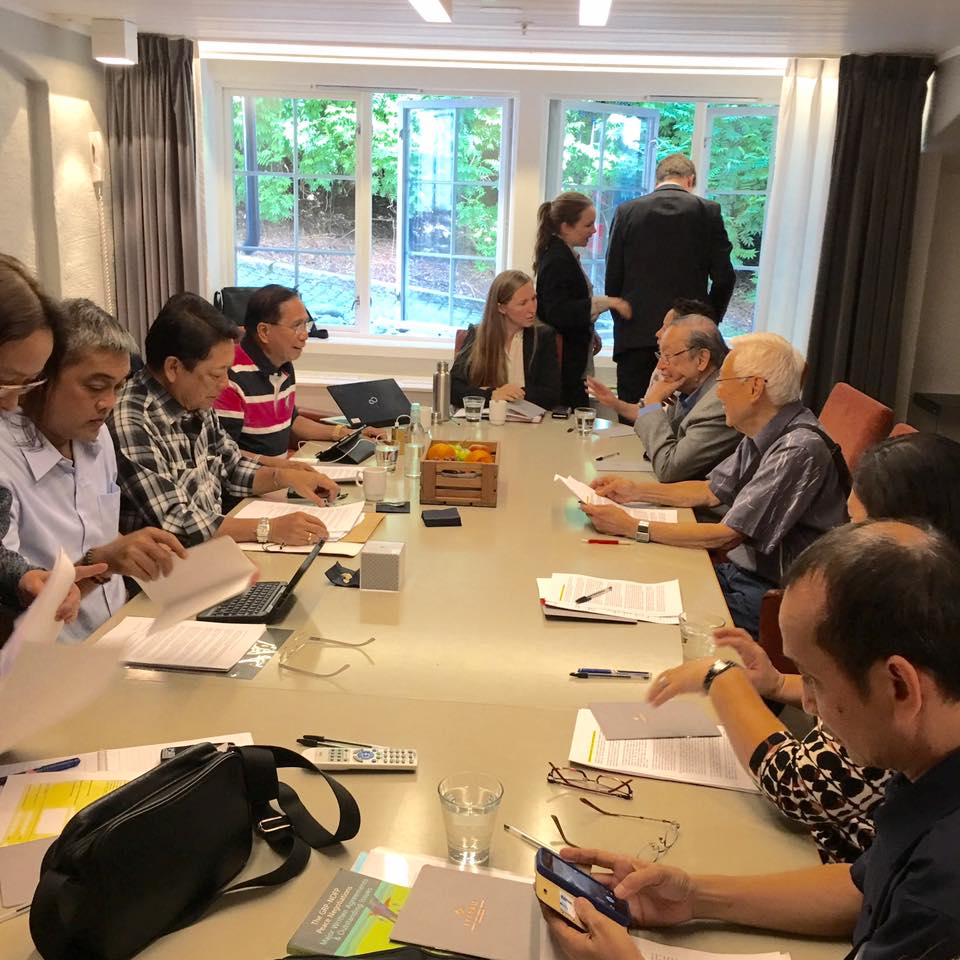
 Peace negotiators of the incoming Duterte administration and representatives of the Communist Party of the Philippines-National Democratic Front (CPP-NDF), among them NDF founding chairman Jose Maria Sison, are about to begin informal and exploratory talks in Oslo, Norway, GMA 7 late night news program “Saksi” reported Tuesday night.
Peace negotiators of the incoming Duterte administration and representatives of the Communist Party of the Philippines-National Democratic Front (CPP-NDF), among them NDF founding chairman Jose Maria Sison, are about to begin informal and exploratory talks in Oslo, Norway, GMA 7 late night news program “Saksi” reported Tuesday night.


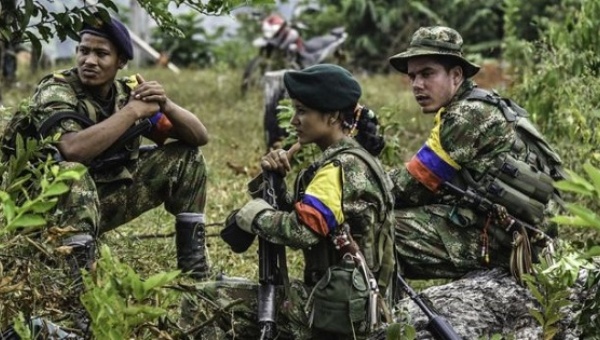
 The peace talks between FARC rebel leaders and the Colombian government have been in process for over three years in Havana, Cuba.
The peace talks between FARC rebel leaders and the Colombian government have been in process for over three years in Havana, Cuba.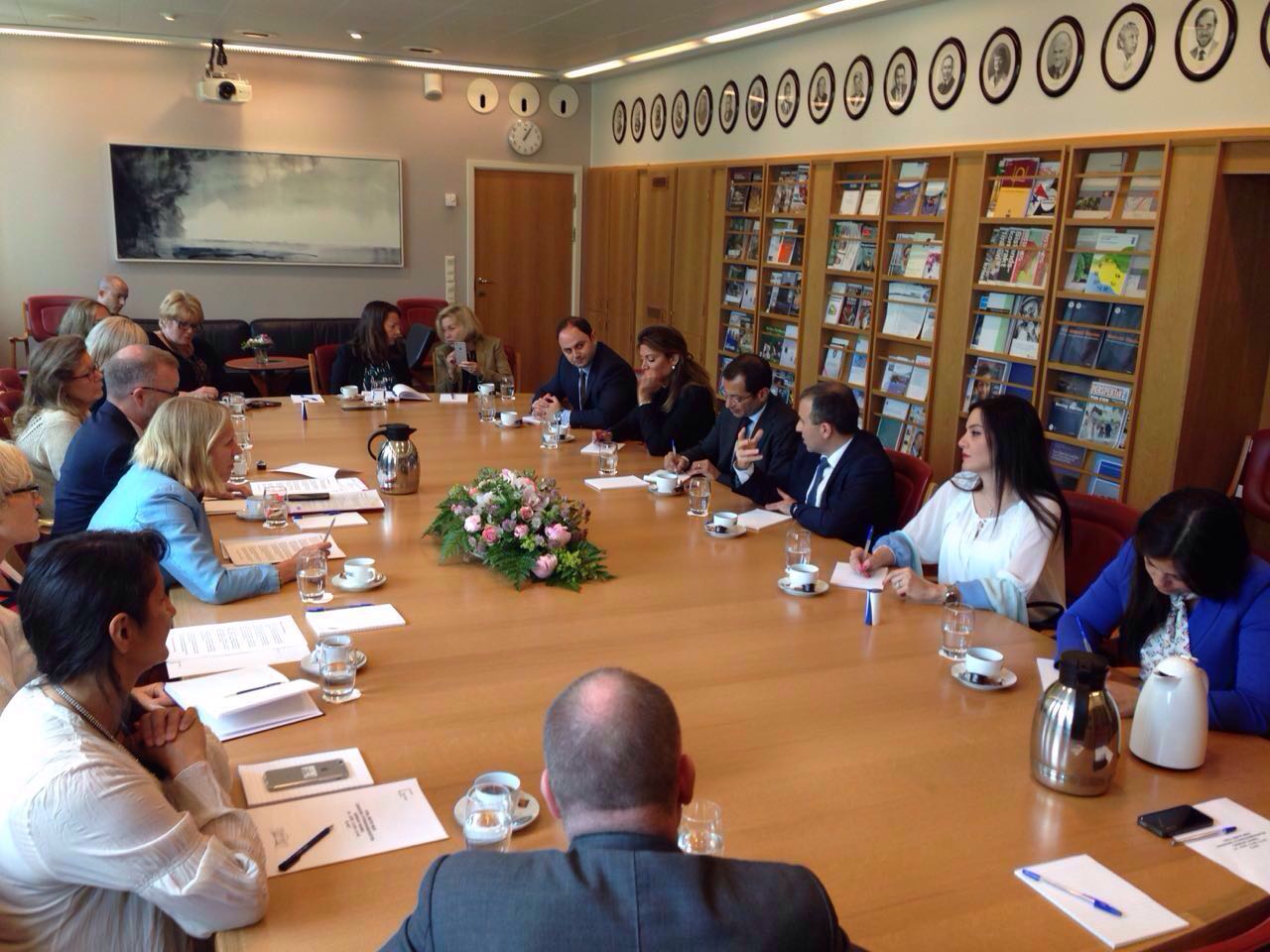
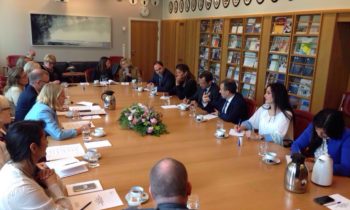 Lebanon Foreign Minister, Gebran Bassil, continued his state visit to Norway, and met on Tuesday with his counterpart Borge Brende, as well as with Norwegian Minister of Migration and Integration, Sylvi Listhaug.
Lebanon Foreign Minister, Gebran Bassil, continued his state visit to Norway, and met on Tuesday with his counterpart Borge Brende, as well as with Norwegian Minister of Migration and Integration, Sylvi Listhaug.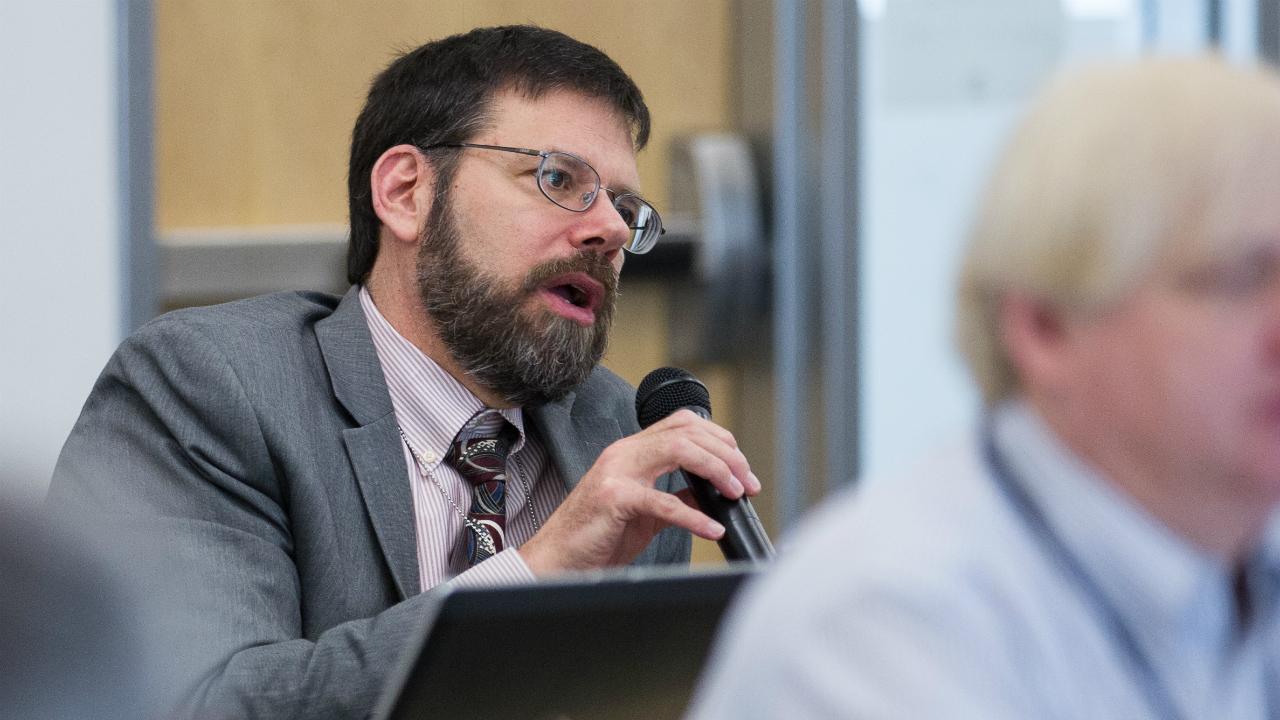
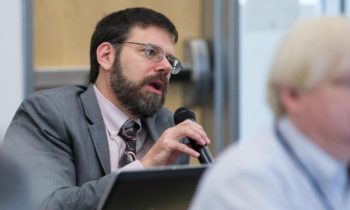 U.S. Special Envoy for Climate Change Dr. Jonathan Pershing will travel to Europe, June 15–18, including visits to Oslo, Norway and Santiago de Compostela, Spain.
U.S. Special Envoy for Climate Change Dr. Jonathan Pershing will travel to Europe, June 15–18, including visits to Oslo, Norway and Santiago de Compostela, Spain.
 Norway’s Statkraft is launching a process to sell its partly built Çetin hydropower plant in Turkey, with the deal expected by the end of this year, the state-owned power producer said on June 13.
Norway’s Statkraft is launching a process to sell its partly built Çetin hydropower plant in Turkey, with the deal expected by the end of this year, the state-owned power producer said on June 13.
 A phase-out of coal has long been on the cards. Now, a study by Norwegian energy giant Statoil has shown that it needs to be done quickly if climate targets are to be met. EurActiv’s partner WirtschaftsWoche reports.
A phase-out of coal has long been on the cards. Now, a study by Norwegian energy giant Statoil has shown that it needs to be done quickly if climate targets are to be met. EurActiv’s partner WirtschaftsWoche reports.